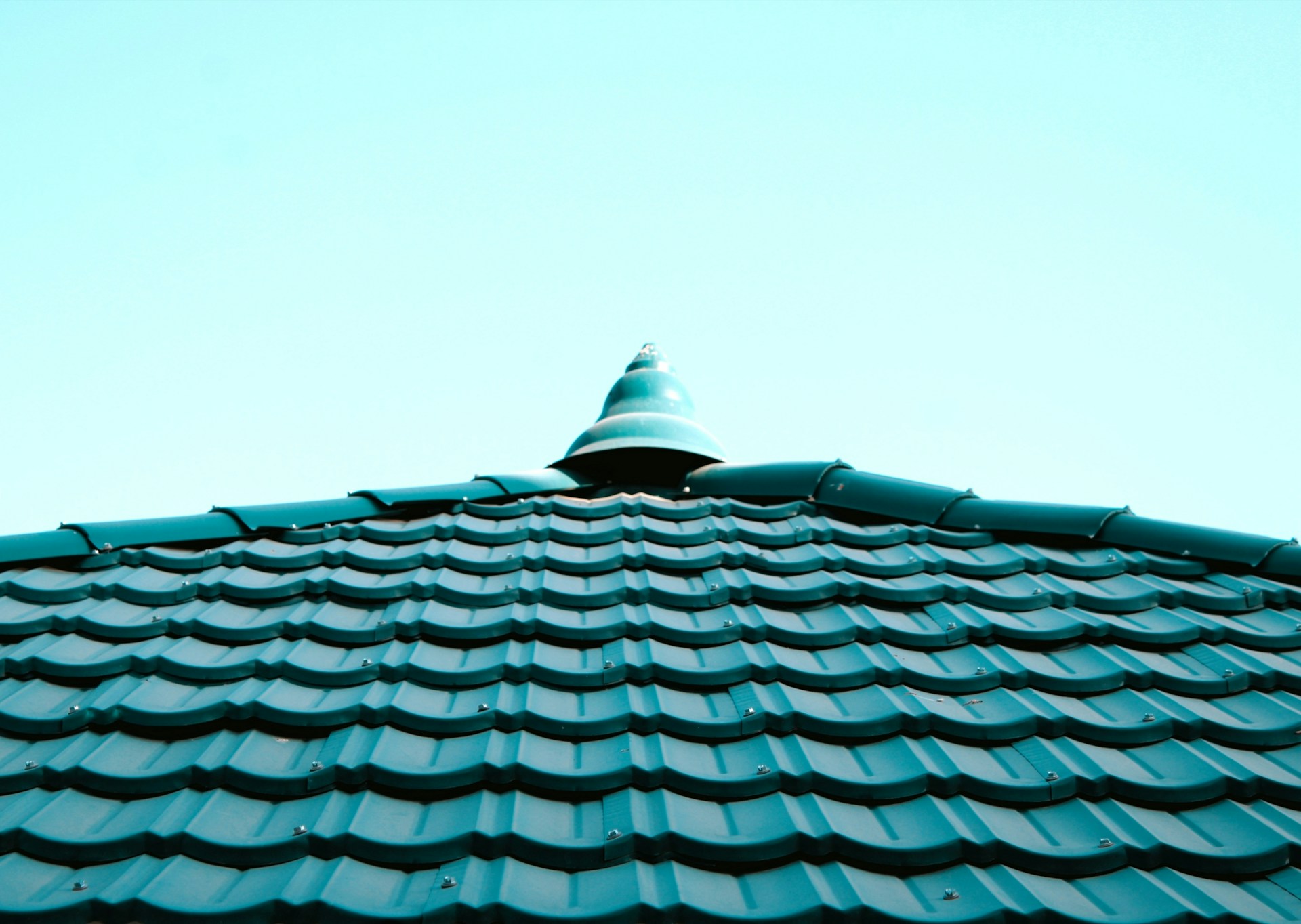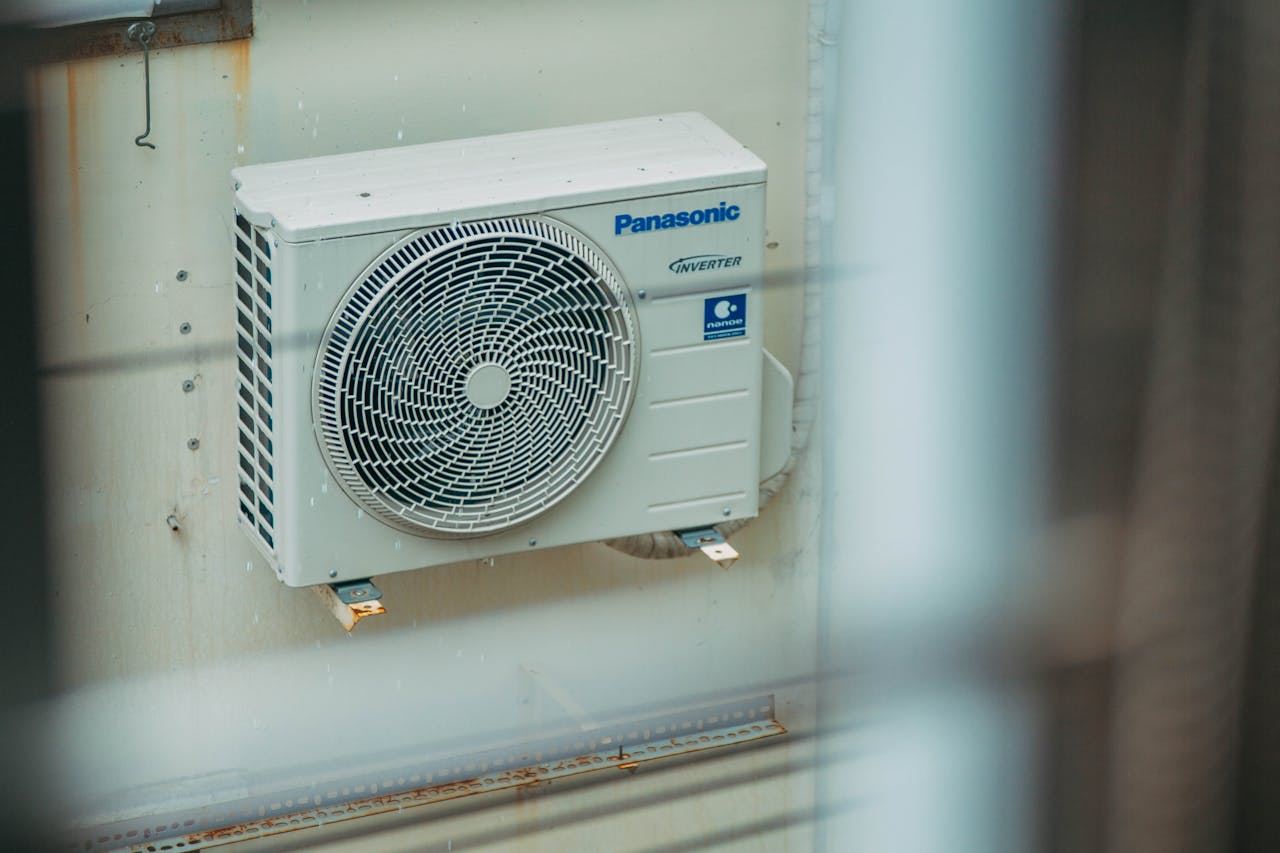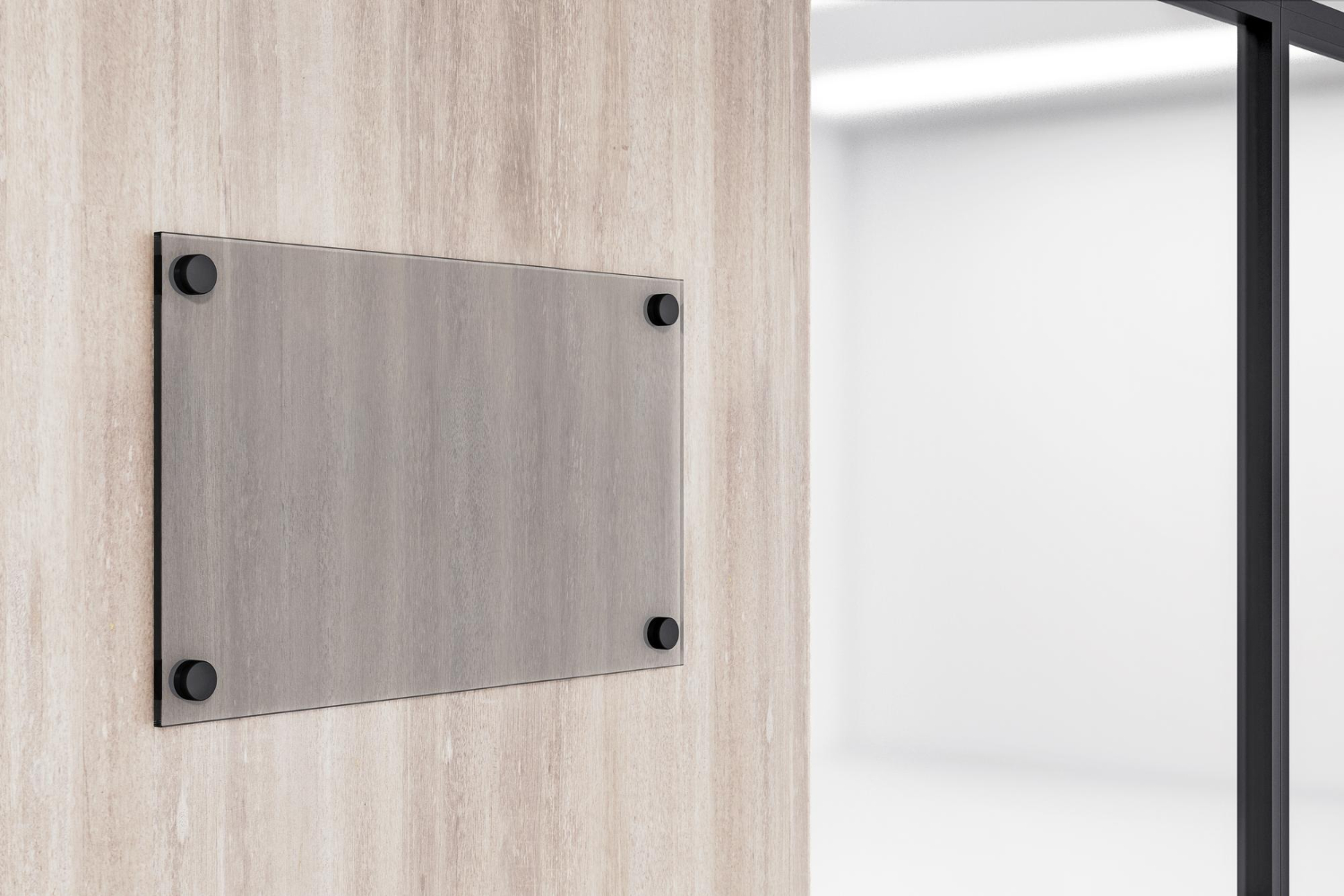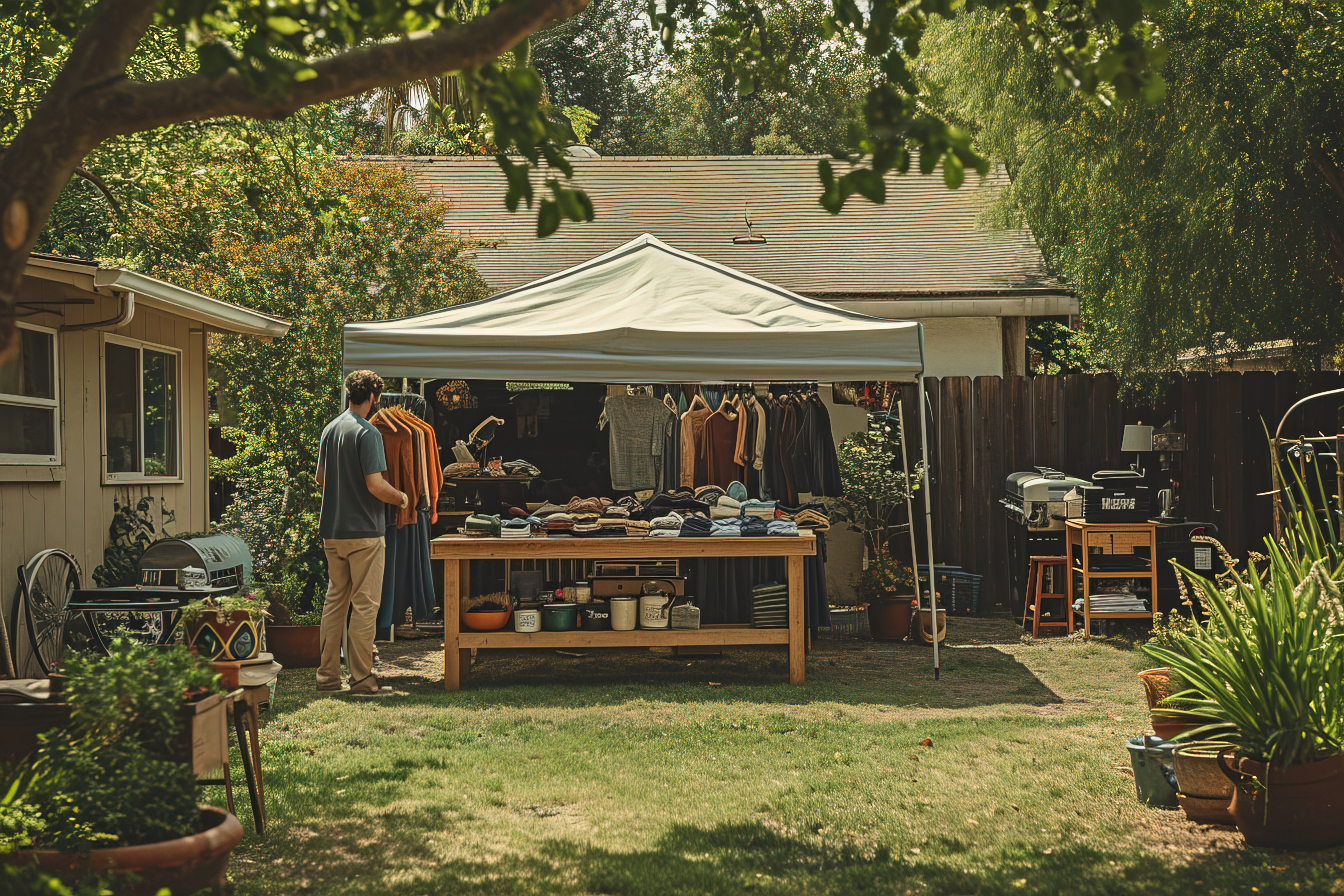Easy Roof Care Tips That Prevent Costly Repairs

Your roof is one of the most critical parts of your home, offering protection from the elements and helping regulate indoor temperature. It’s one of the most overlooked when it comes to regular maintenance. Many homeowners don’t realize that with a few easy steps, they can extend the lifespan of their roof and avoid expensive repair bills down the line. Preventive care doesn’t require a professional every time. Simple tasks and occasional checks can go a long way in maintaining roof health. Here are six practical roof care tips that any homeowner can follow to minimize damage, maximize performance, and prevent costly repairs.

Photo by Aleksi Partanen from Unsplash
Clean Gutters Regularly to Avoid Water Damage
Clogged gutters are a hidden threat to your roof. When leaves, twigs, and debris accumulate, they prevent water from draining properly, causing it to back up onto the roof. This can lead to water damage, mold growth, and even structural rot over time. Regular gutter cleaning by professionals, such as those from Reign Roofing, ensures water flows away from your roof and foundation.
In areas with heavy foliage, quarterly cleanings might be necessary. You can consider installing gutter guards to reduce the frequency of cleaning. Keeping gutters clean protects the roof edge and safeguards your siding and landscaping.
Trim Overhanging Tree Branches for Safety
Trees add beauty and shade to a property, but overhanging branches can be hazardous to your roof. Strong winds or heavy snow can cause branches to snap and crash onto shingles, breaking or dislodging them. Even without direct contact, branches too close to the roof can scrape surfaces and drop a constant flow of leaves and twigs, which may cause moisture buildup and mold.
Trimming branches at least six to ten feet away from the house helps reduce these risks. This simple preventive measure protects both the structural integrity and aesthetic condition of your roof, especially during storms.
Check for Missing or Damaged Shingles After Storms
Harsh weather events like hail, windstorms, or heavy rain can compromise the surface of your roof. After each storm, it’s wise to do a visual inspection, either from the ground using binoculars or from a safe vantage point. Look for signs of missing, cracked, or curling shingles, as well as any debris or lifted flashing.
Damaged shingles allow water to seep underneath, which can result in leaks and insulation problems. Replacing compromised shingles promptly is much more affordable than dealing with interior water damage roof failure. Keeping tabs on these issues prevents them from escalating into major repairs.
Inspect the Attic for Hidden Warning Signs
While many homeowners focus on the exterior of their roofs, the attic holds vital clues about roof performance. A quick inspection can reveal early signs of leaks or ventilation problems. Look for water stains, damp insulation, mold growth, or daylight peeking through the roof boards.
These symptoms can indicate a failing roof system or ventilation issue that allows moisture to build up. Adequate attic ventilation helps regulate temperature and moisture levels, extending roof life and reducing energy bills. Regular checks in this often-ignored area can uncover small issues before they become serious, saving you time and money in the long run.
Also Read: How to Choose the Right Roof for Your Home
Clear Roof Debris Before It Causes Damage
Debris such as leaves, pine needles, and branches tends to accumulate in roof valleys and low-slope sections. Left alone, this buildup can trap moisture and hasten the growth of moss and algae, which deteriorate roofing materials. Debris can obstruct water flow and add unnecessary weight. Gently remove buildup using a broom or leaf blower, avoiding pressure washers, which can damage shingles. If moss has started growing, use a moss removal product designed for roofs rather than household bleach, which can be harmful. A clean roof looks better and performs better by shedding water efficiently.
Schedule Professional Inspections Every Few Years
Even the most diligent homeowners can overlook subtle signs of roof deterioration. That’s why it’s important to have a professional inspection every two to three years, even if no issues are apparent. Roofing experts can detect small cracks, hidden leaks, worn flashing, or problems with underlayment that aren’t obvious to the untrained eye.
They can provide advice tailored to your specific roof type and local climate. These inspections serve as early warning systems and often cost far less than major repairs or a full replacement. A little investment in expert evaluation now can pay off in significant savings later.

Photo by Asma Mirzaei from Unsplash
Caring for your roof doesn’t have to be complicated or expensive. With a few consistent habits, like cleaning gutters, trimming branches, and doing occasional checks inside and out, you can prevent most issues before they start. These simple maintenance steps help preserve your roof’s lifespan, improve energy efficiency, and protect the investment you’ve made in your home. By staying proactive, you reduce the chances of unexpected repair bills and ensure your roof continues to perform at its best for years to come.

















